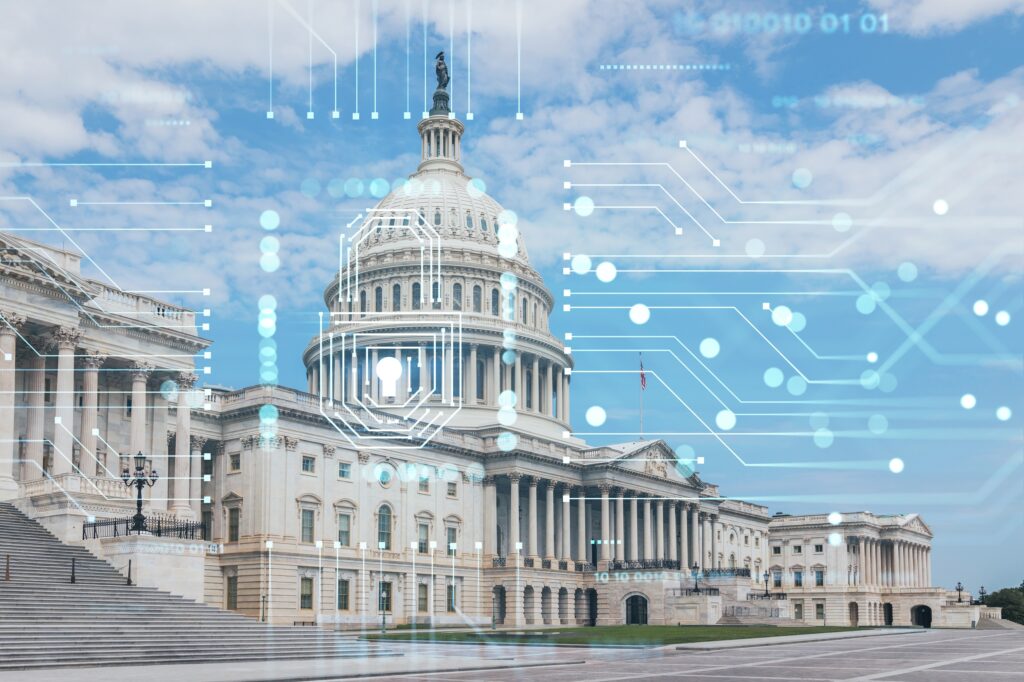Vapescore Report Ranks American Cities on Vaping Regulations
WASHINGTON (Nov. 15, 2016) – As e-cigarettes and other nicotine-vapor products grow in popularity, state and local jurisdictions that rely extensively on the revenues produced by cigarettes taxes face new challenges in determining which policies best promote public health, a new R Street Institute policy study finds.
R Street State Programs Director Cameron Smith and Research Associate Dan Semelsberger—the study’s authors, whose research also can be found on the accompanying Vapescore.org website—examined the tax and regulatory environments for e-cigarettes and nicotine-vapor products across 52 major American cities, evaluating the degree to which each promotes a harm-reduction approach to tobacco.
“Our first Vapescore analysis reveals a rapidly developing policy area rife with misinformation and heavily motivated by a political desire to replace declining cigarette revenues,” Smith and Semelsberger write. “We anticipate our scoring to change significantly in future iterations of Vapescore, as more state and local governments actively develop policies for emerging alternatives to cigarettes. We likely will need to address novel products, such as so-called ‘heat-not-burn’ offerings, as they become available in the United States.”
The report focuses specifically on currently available vapor products that most nearly replicate the smoking experience, but without the harmful tar and other chemicals that cause cancer and a host of other smoking-related diseases.
“As vapor products and other less harmful alternatives to cigarettes gain a proportionally larger share of the marketplace, policymakers must carefully ensure that the quest for tax revenues doesn’t undermine the laudable goal of improving public health,” the authors conclude. “Rather than arbitrarily and unscientifically drawing the conclusion that cigarettes and vapor products are equivalent, public officials should consider policies treat vapor products proportionally to their health impacts.”
The full report, including sources and methodology, is available HERE.








